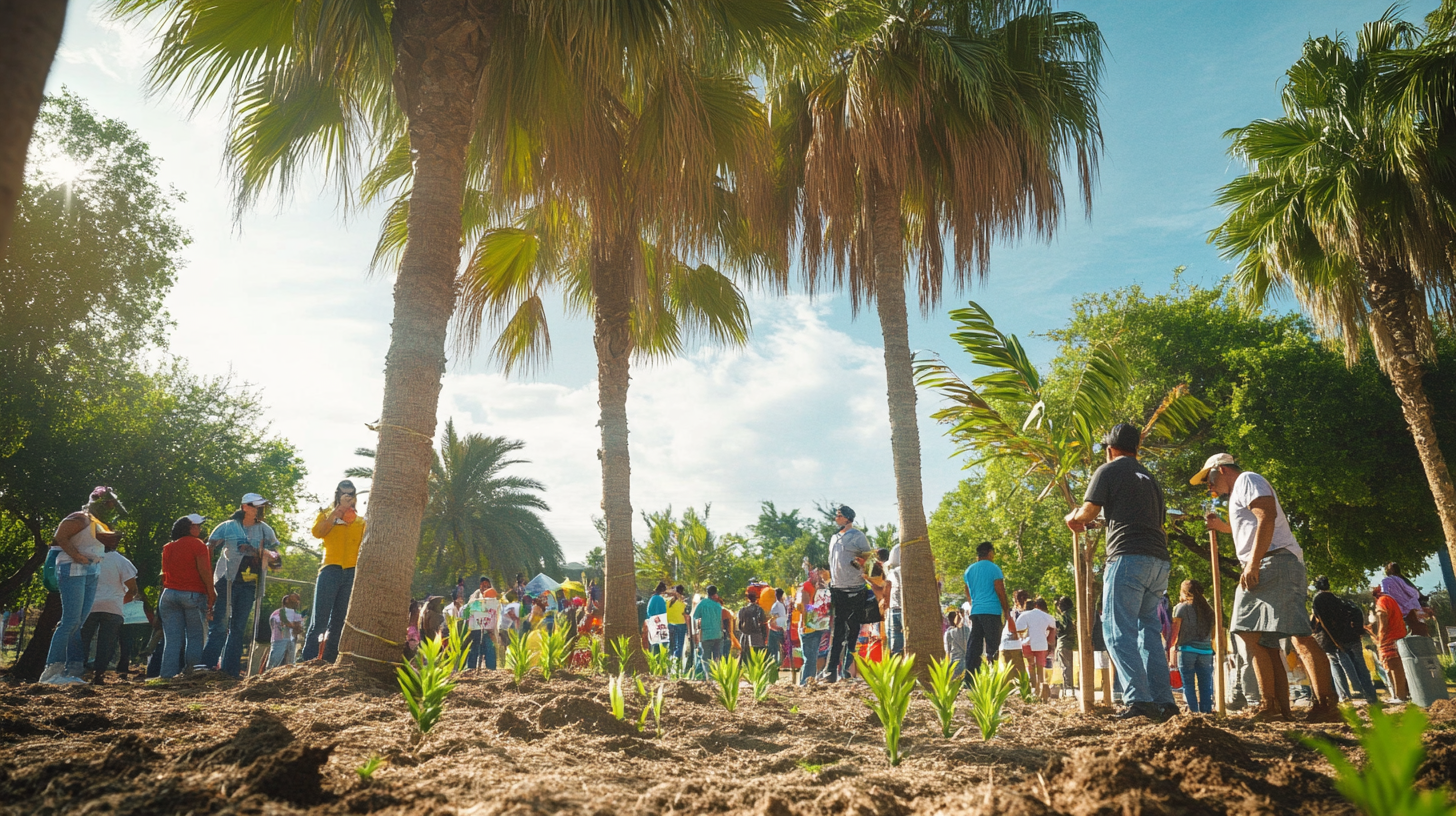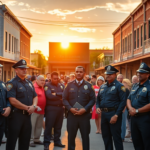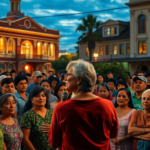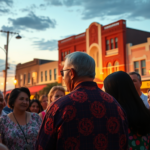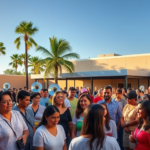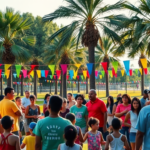Hot Ticket: Study Highlights Influx of People Moving to Brownsville-Harlingen
In recent years, the Brownsville-Harlingen area has become a beacon for newcomers, marking a significant population shift within the Rio Grande Valley (RGV). A detailed study by urban development experts highlights this surge, illustrating how this trend could reshape the regional landscape in terms of economics, culture, and infrastructure.
A Rise in Popularity
Several factors have contributed to the increasing attraction of the Brownsville-Harlingen area. Key among them is the region’s growing economic opportunities, affordable housing, and cultural richness. As industries expand and the local job market diversifies, many people are finding the area to be an ideal place to lay down roots. The study, which analyzes census data and migration patterns, underscores these attractions as vital components driving the migration wave.
Mayor Javier Garcia of Brownsville commented on the findings, saying, “The growth we’re witnessing is a testament to our community’s hard work and the area’s promising potential. Our city is becoming a hotspot for families and businesses alike, and we’re committed to accommodating this growth responsibly.”
Local Impact: Economic and Cultural Growth
The influx of people has primarily impacted the local economy, with increased demand for goods and services benefiting small businesses. Restaurateur Ana Lopez, whose family-run eatery in Harlingen has seen a noticeable uptick in customers, expressed enthusiasm about the changes. “We’ve seen new faces every week, and it’s been a wonderful opportunity to introduce them to our local flavors and traditions,” she noted.
Moreover, Brownsville’s rich cultural tapestry, strongly influenced by its proximity to the Mexican border, offers newcomers a unique blend of experiences. From traditional fiestas to vibrant art scenes, the region provides a compelling cultural melting pot. Community festivals and events have seen higher attendance rates, providing an economic boost and encouraging cultural exchanges among residents.
Addressing Infrastructure and Housing
Despite these positive trends, the surge in population presents challenges, particularly regarding infrastructure and housing. Local officials recognize the importance of upgrading roads, expanding public transport, and increasing residential developments to address these demands.
City Planner Maria Sanchez emphasizes the need for forward-thinking urban planning. “We must ensure that our infrastructure developments keep pace with population growth. Sustainable planning is key to maintaining the quality of life for all Valley residents,” Sanchez explained.
Affordable housing remains an ongoing concern, with rising property values potentially pricing out long-term residents. Initiatives aimed at affordable housing projects are underway, aiming to create accessible housing options for diverse economic brackets.
Linking Past Growth to Present Trends
The current influx of new residents follows previous patterns of migration witnessed in the RGV during industrial expansions and economic booms. The region’s history of adaptation positions it well to handle the latest challenges and opportunities presented by this population growth.
In 2015, a spike in manufacturing and trade jobs drew many to the area, setting a precedent for how economic incentives can influence settlement trends. Lessons learned from past experiences contribute to today’s more strategic urban planning efforts aimed at fostering sustainable growth.
Envisioning the Future
Looking ahead, the Brownsville-Harlingen area’s ability to manage its growth sustainably could serve as a model for other similarly sized regions. Balancing economic development with ecological preservation and social inclusivity is crucial.
Dr. Roberto Moreno, a sociologist at the University of Texas Rio Grande Valley, highlights the potential for Brownsville-Harlingen to lead in innovative urban solutions. “Our region’s adaptability and openness to new ideas could very well position it as a pioneer in addressing modern urban challenges,” Moreno said.
Navigating Different Opinions
While many see the population surge as a positive development, others express concerns about potential downsides. Long-time resident Miguel Ortiz voiced apprehensions about the change, saying, “While growth is good, I worry about preserving the small-town feel and community bonds that make this place special.”
Understanding and valuing diverse perspectives will be vital in shaping policies that are inclusive and representative of all community member needs.
Resources for New and Existing Residents
To assist newcomers and current residents navigating these changes, the City of Brownsville is launching an online portal offering resources on housing, employment, and community services. Additionally, public town hall meetings will be scheduled to gather community input on future developments.
In conclusion, the Brownsville-Harlingen area’s rise as a preferred destination for new residents underscores ongoing regional transformations. Through collaborative planning and inclusive growth strategies, the Rio Grande Valley could harness this opportunity to create a vibrant, sustainable future for its diverse population. As the study suggests, the trajectory of this thriving community promises to remain a captivating story within RGV news and beyond.

